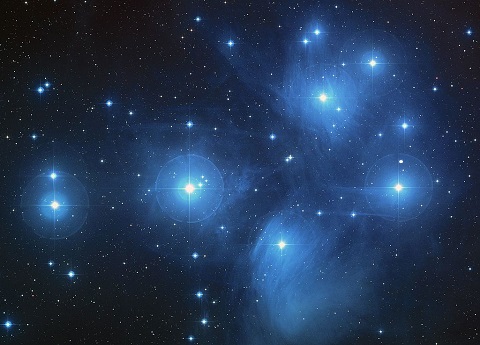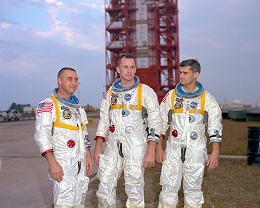 |
15 Santa Monica hotels offer big discounts to residents for their holiday guests |
| Roque & Mark Real Estate 2802 Santa Monica Boulevard Santa Monica, CA 90404 (310)828-7525 - roque-mark.com |
By Jorge Casuso
December 20, 2016 -- Winter star clusters, a popular constellation worshiped since ancient times and a failed space mission will be featured at the Santa Monica College (SMC) John Drescher Planetarium next month.
Two special feature shows will look at the tragedy of Apollo 1 and the Orion Nebula, while two telescope-observing events will focus on the "bounty of bright stars in the winter sky," planetarium officials said. The shows will be held on Friday evenings.
The series kicks off January 6 with the observing event "A 9-Day-Old Moon and Winter Clusters,” which provides a look at the moon, the Pleiades star cluster and "other pretty winter star clusters through a variety of telescopes," officials said.
 |
| A color-composite image of the Pleiades (Image courtesy of NASA/ESA/AURA/Caltech) |
Composed of some 3,000 stars 400 light-years from Earth in the constellation of Taurus, the Pleiades, also known as "The Seven Sisters," is one of the nearest star clusters to Earth and the most easily seen.
It was formed within the past 100 million years and contains hot-blue middle-aged stars that are expected to survive for another 250 million years, according to Robert Gendler's 2006 book "A Year in the Life of the Universe: A Seasonal Guide to Viewing the Cosmos."
On Friday, January 13, the planetarium presents “A Failure of Imagination -- The Tragedy of Apollo 1,” a look at the fire on January 27, 1967 that consumed the first manned mission leading to a manned lunar landing. |
The fire during a ground test of the spacecraft killed the three crew members, Gus Grissom, Ed White and Roger Chaffee (from left in picture from NASA) and led to an investigation that would lead for far-reaching changes. Two-and-a-half years later, on July 20, 1969, Apollo 11 would land the first humans on the moon. |
“Starbirth in Orion’s Sword” on January 20 will explore the Great Orion Nebula and offer information about "recent discoveries that reveal the hundreds of potential planetary systems forming within."
Named after a Greek mythological hunter, the constellation has captured the human imagination since prehistoric times, with a carving found in a German cave dating back more than 30,000 years. The ancient Egyptians regarded the stars as a god.
In popular culture, one of Orion's two brightest stars, Betelgeuse, inspired the name of Tim Burton's 1988 comedy film "Beetlejuice" and has entered science fiction lore via H.P. Lovecraft's Cthulhu Mythos.
Orion remains the focus of the January 27 telescope session “Special Observing Event: Orion, the Seven Sisters, and the Winter Hexagon,” which offers a view of the winter sky through different telescopes, with guidance from the planetarium director.
The feature shows are at 8 p.m. and are preceded by “The Night Sky Show” at 7 p.m., offering "the latest news in astronomy and space exploration, a family-friendly 'tour' of the constellations, and the chance to ask astronomy-related questions," officials said.
The John Drescher Planetarium, which features a Digistar projection system, is located near the elevators on the second floor of Drescher Hall, 1900 Pico Boulevard.
Tickets are available at the door and cost $11 ($9 seniors and children) for the evening’s scheduled “double bill," or $6 ($5 seniors age 60 and older and children age 12 and under) for a single show or telescope-viewing session.
For more information call (310) 434-3005 or visit www.smc.edu/planetarium. All shows are subject to change or cancellation without notice.
